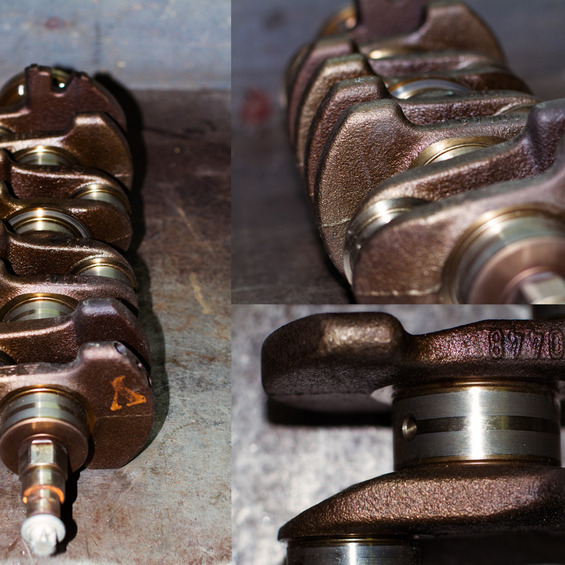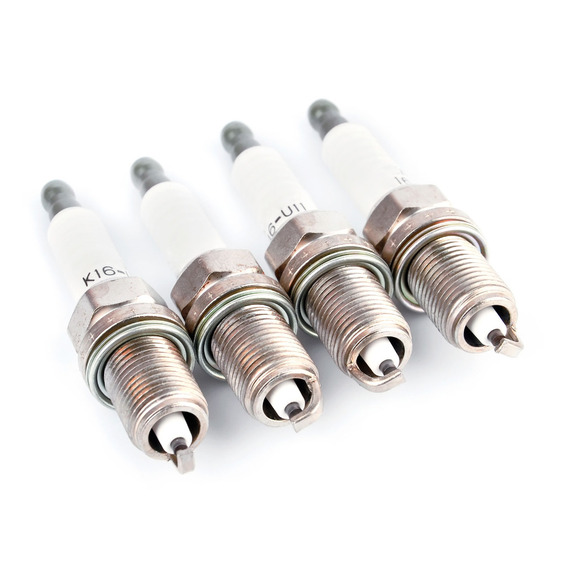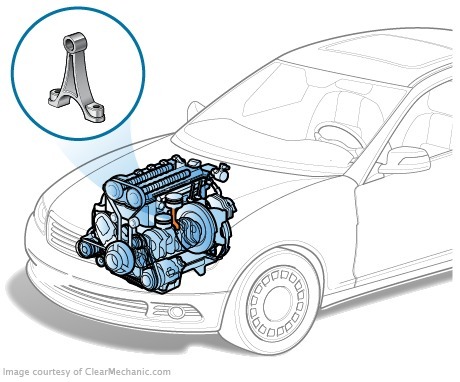
The situation is extremely dangerous not only for newcomers, but also for drivers with experience when the car's engine is overcome by a water hurdle. Not many people know what to do after the "advancing" of the deep puddle and how the engine can be returned to life. What should be done if the ford was too deep?
What should be done if the ford was too deep?
First rule: You need to shut down the engine immediately. After pulling the car out of the river or a puddle, you should not try to start the engine until you make sure that the water is not in its cylinders! Otherwise, the first attempt to launch (not even the launch itself) is likely to be the last in the life of the engine. There will be a so-called hydroshock, consequences that are not always predictable but stable.

The dangerous water in the combustion chamber
This is due to the fact that the fluid is not available (this principle, by the way, works by all hydraulic hydraulics). Therefore, if the water has fallen into the cylinder, the piston may fall into the area of the upper dead point only when the shaper is deformed. When piston to the upper dead point, it will be put into the wall of water, and a colossy effort of compression will be transmitted to the shun. Just at this moment of the jackass to pass NRMM loses stability and deformed.

If in such a situation the engine does not stop at once, and the crankshaft will continue to spin, it is most likely to break one of its neckies due to extreme loads. At best, it will be necessary to replace the piston group, and if a cylinder block (which can be punctured by a cracker) suffers, the engine repair may become more expensive than its replacement.
Diesel engines in such cases are particularly vulnerable because they have a minimal combustion chamber and a high compression ratio.
How to determine if there is water in the engine
To make sure that the water is in the engine's crankcase is not difficult, it is necessary to open the lid of the air filter, and if there is water there, it is likely to be in the engine. Just to make sure it's a little bit off the cork of the crankcase. If the oil went out, the engine "got off with a slight fright." If the cork first creams the water (it is heavier than the oil and so it will be at the bottom of the pan), it will have to be merged before the oil becomes available.

If you have the water, don't try to start the engine at once. First, make sure that the layer of the crank is scrolled and the piston group is normal. To do this, include (in the case of the ICPC) the third gear and the car is several meters. When you are satisfied that the crankshaft scrolls, you can safely find the reason for stopping the engine. If you have a car with ACPR, you cannot use this method, and you will have to go to the service tow truck. Starting the engine after "bathing"
Starting the engine after "bathing"
You can try to "resuscitate" the engine. The engine failure is likely to be the water of the ignition system. They need to be tested in a phased manner for moisture, wipe the clean napkin and dry in the air. However, in a modern car, only spark plugs or incandes (if it is diesel engine) can be removed from the engine. If earlier it was possible to remove and drain the ignition control lid, the coil and the candlelight, the electronics are often operated by all engine processes these days, and the engine control unit is categorically not recommended. However, the block is usually installed in the cabin, which significantly increases the chances that it will be dry. Individual ignition coils are removed for the removal of the candlelight and can be drained separately.

After the removal of the candles, the engine can be turned on by the starter, because the inverted candles are no longer in danger. This action will help clear the combustion chamber. It is highly desirable to leave the car with the removed reels and candlelight for the whole day.
If the engine does not start after drying, do not attempt to drive it using a tug. The best way is to get the car to the car service on the tow truck.

After ensuring that all the ignition on the ignition system is dry and there is no trace of moisture, check for sparks. It is difficult to do this on the modern engine. However, the light candle (which was most likely any prior to the engine stop) may be attached to the lower end of the engine cylinder block and to the high voltage wire or the ignition coil, to scroll the engine starter. Checking the power system
Checking the power system
Since the power system is more protected from water entering its elements, it is likely that the system is equipped with an electric power pump on the engine with the injector. In fact, in the field, you can only verify the safety of the fuse. All other checks are better than trusted by the professionals.
Imminent consequences
The most dangerous and unpleasant situation for the car owner is when the minimum amount of water has got into the combustion chamber, the engine turns were also minimal, and the shatoon was formed very little. However, his deformation took place anyway. The engine was able to throw out the water through the vent and didn' t die.

However, the structure of the metal from which the cat is made is broken and its destruction is only a matter of time (rather, mileage). This could happen in 5, 7 or 10 thousand. When the engine is in good condition, the engine will suddenly take a wedge. If this is a guarantee vehicle, a lengthy process of lengthy proceedings will begin: who owes whom, whose fault it is and who is obliged to pay for the recovery of the engine.
This is not true for diesel engines in which pistons generally jam as a result of high compression.













